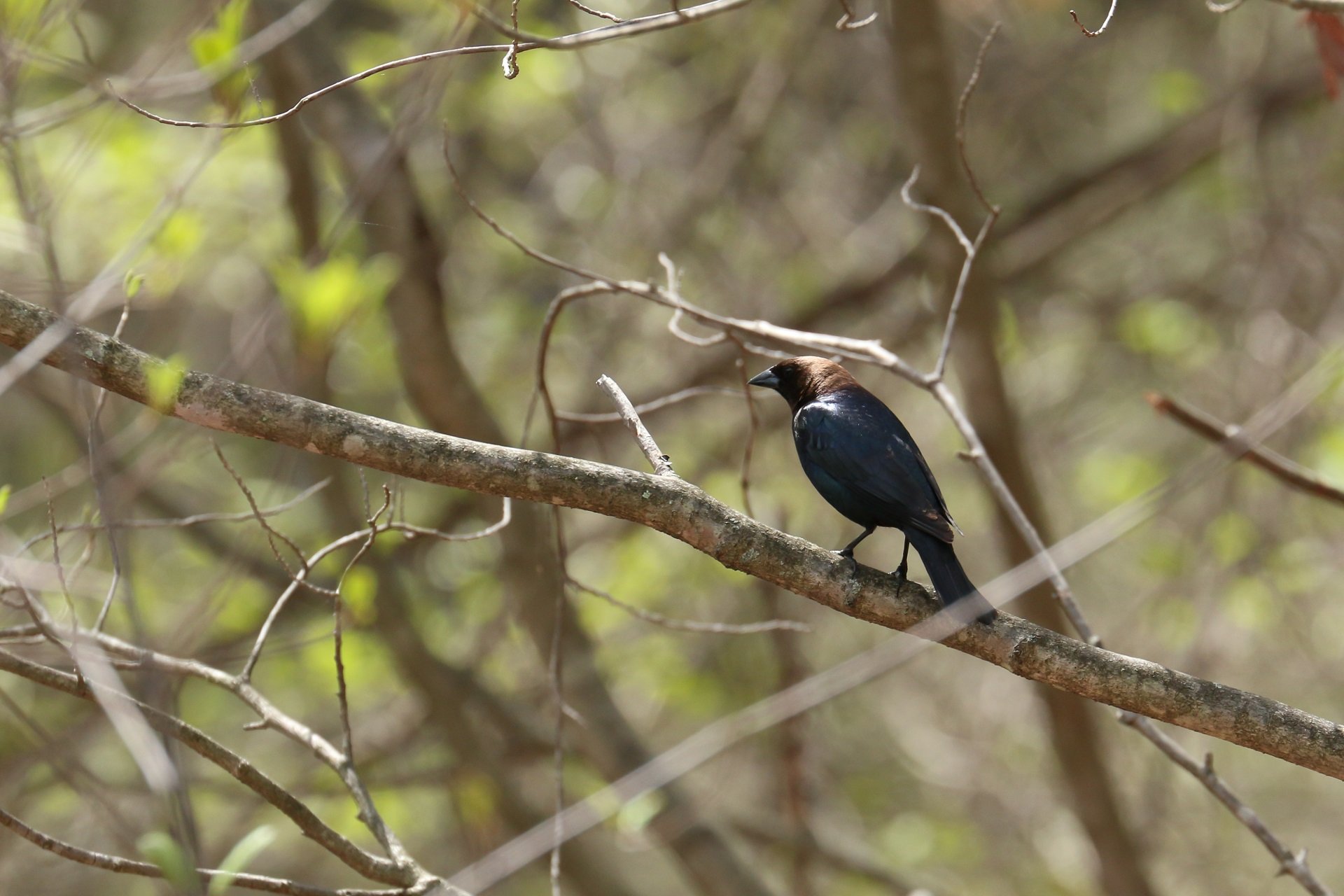Birds in Massachusetts
Common Bird Diseases & Parasites
Disease in birds can be easily transmitted at feeders where overcrowding can occur. However, there are some steps you can take to keep feeder birds healthy.
Salmonella
Birds affected with salmonella can show ruffled feathers, swollen eyelids, or lethargy. It's spread primarily by fecal contamination of food and water, but can also be transmitted by birds contacting each other at a crowded feeder. Birds who are showing symptoms usually die in 1 to 3 days.
Salmonella can be transmitted to people who handle sick or dead birds. Always wear disposable gloves when handling infected birds, and wash your hands after touching a bird feeder or birdbath.
Avian Conjunctivitis (House Finch Disease)
This also goes by the name "House Finch Disease" because the majority of its victims are House Finches. Infected birds show crusty, swollen or runny eyes, in some cases so severe that eyes are swollen shut. Some sick birds recover but many die from exposure, starvation or predation. Other finch species can also become infected with this disease.
Bird Mites
Some species of mites and lice subsist on bird feathers and skin while others suck blood. Large numbers of blood-sucking mites can cause anemia and death in young birds, while a nest heavily infested with feather mites may cause the parents to abandon the eggs or young.
Bird mites can make their way indoors, and while they cannot live long without an avian host they can be a nuisance to humans and pets. Vacuuming, using sticky tape, or wiping up mites with a damp soapy cloth can help eliminate them.
"Bald" Birds
Occasionally birds—especially Northern Cardinals and Blue Jays—will show up with no feathers on the head. This gives the birds a pin-headed look, especially alarming in cardinals whose skin is black. The most likely reason for this is an abnormal molt, although feather mites or lice cannot be excluded. The feathers will eventually grow back normally.
How to Prevent the Spread of Disease at Bird Feeders
- Clean your feeders regularly—every two weeks in the winter and weekly in the summer.
- Use a dilute solution of 1 part bleach to 9 parts water.
- You can also use your dishwasher—take the feeder apart and run on a hot setting.
- Clean up any dropped shells or food under the feeder.
- If dead birds are found, remove feeders for at least two weeks and thoroughly clean feeders and areas under feeders.
Stay Connected
Don't miss a beat on all the ways you can get outdoors, celebrate nature, and get involved.



